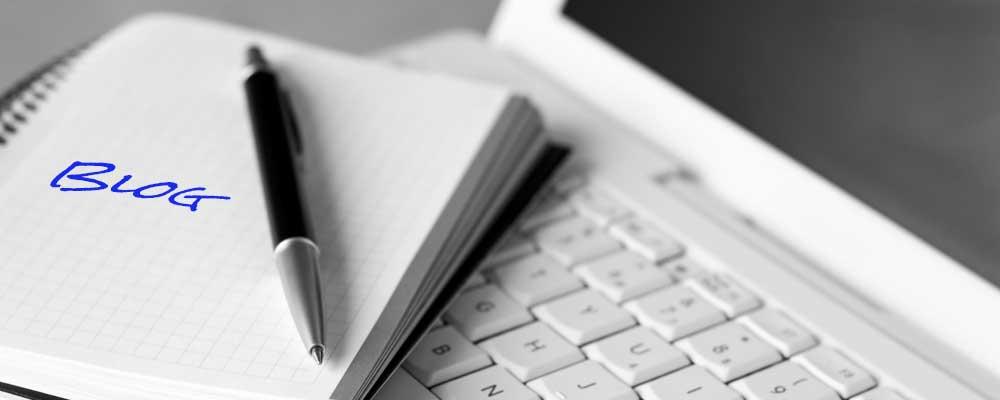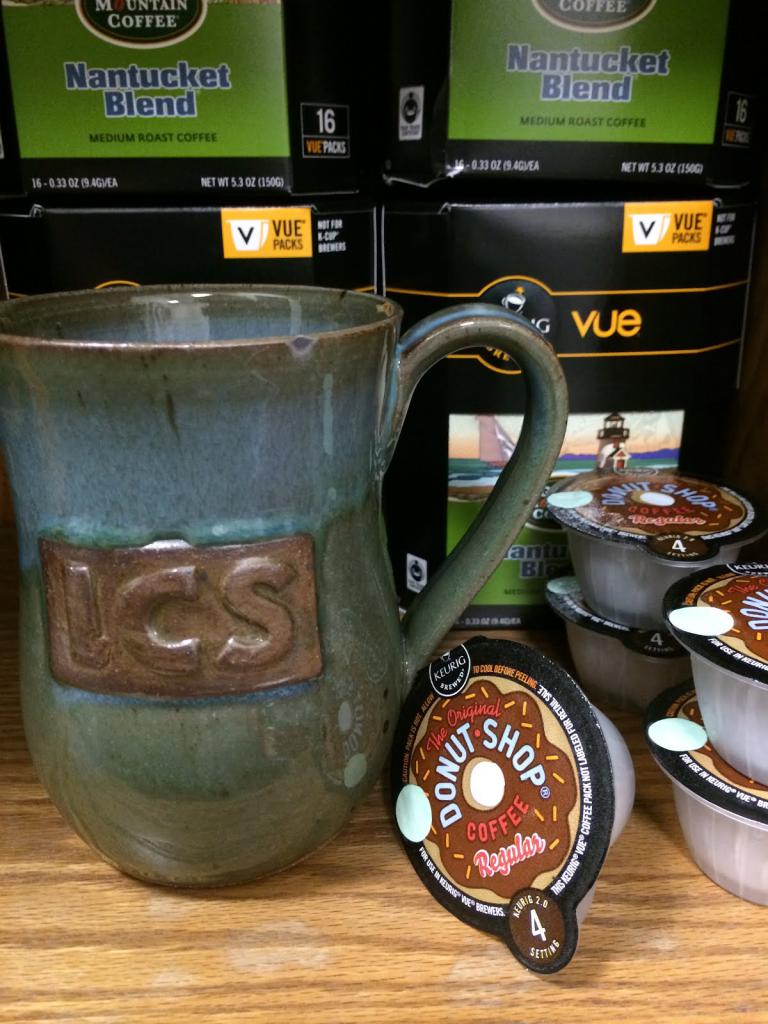
Notes From a UX Pro Over a Cup of Joe: UX and Coffee

Welcome back for a chat about user experience (UX) in the real world. Today, I want to talk about user experience and coffee. Now, I know not everyone drinks coffee, so for the sake of discussion, let’s assume that you want to drink some coffee.
Initial Decision
Once you’ve decided to drink coffee, the next question is what kind of coffee. Instant? French press? Maybe take it black, with milk, with cream, sugar or no sugar, espresso or flavorings? The list goes on and on. Which factors will determine the type of coffee or caffeinated drink you will select? Possibly personal preference, convenience and availability come into play. Other factors might include whether you’re planning to meet someone for coffee or whether you would prefer to have a quiet space to enjoy your coffee while browsing online.
What Type of Experience Do You Want?
Your decisions to all coffee-related choices will directly tie into what kind of experience you want. If you want something hot and caffeinated to drink while powering through your morning to do list, you may reach for a quick cup of coffee. If, on the other hand, you want to relax and work on the next great American novel, you might head out to your favorite local coffee shop, get a large iced coffee drink and leisurely sip it while writing. The results are the same you will experience caffeine but the experiences surrounding the coffee selection will be very different. One experience might be focused on speed and efficiency above all, while the other might be concerned with social interaction and environmental factors, such as a quiet place to work.
What Experiences Do Your Customers Want?
The coffee example illustrates that our goals influence what type of experience we are looking for. The same is true for your customers. The end goals of these individuals help determine what kind of experience will be most beneficial and appreciated when interacting with your product. To return briefly to our coffee example, imagine the frustration that might ensue if the person who simply wants a quick coffee to help them through the morning instead, find themselves dealing with a cheerful and chatty barista in a bohemian coffee shop. The chattiness and ambiance might not be as warmly received because the client simply wants to get their coffee and be on their way.
Likewise, the expected outcome and end goals of using your product are important to consider when designing applications. This means that before product design begins, we recommend talking to clients, potential end users and anyone else who can help describe how, when, where and why people might use your product. This type of discussion can help you, as the designer, begin to understand your potential users better and design an application that people will enjoy and want to use.
User experience is vital to the business outcome of any designed application or product. Design-centric companies have outperformed the market over other companies who do not incorporate a UX first approach. Our UX team has extensive experience designing user-centered applications and would love to chat with you about your product ideas and any challenges you may be encountering – contact us and we would be happy to get the conversation started.